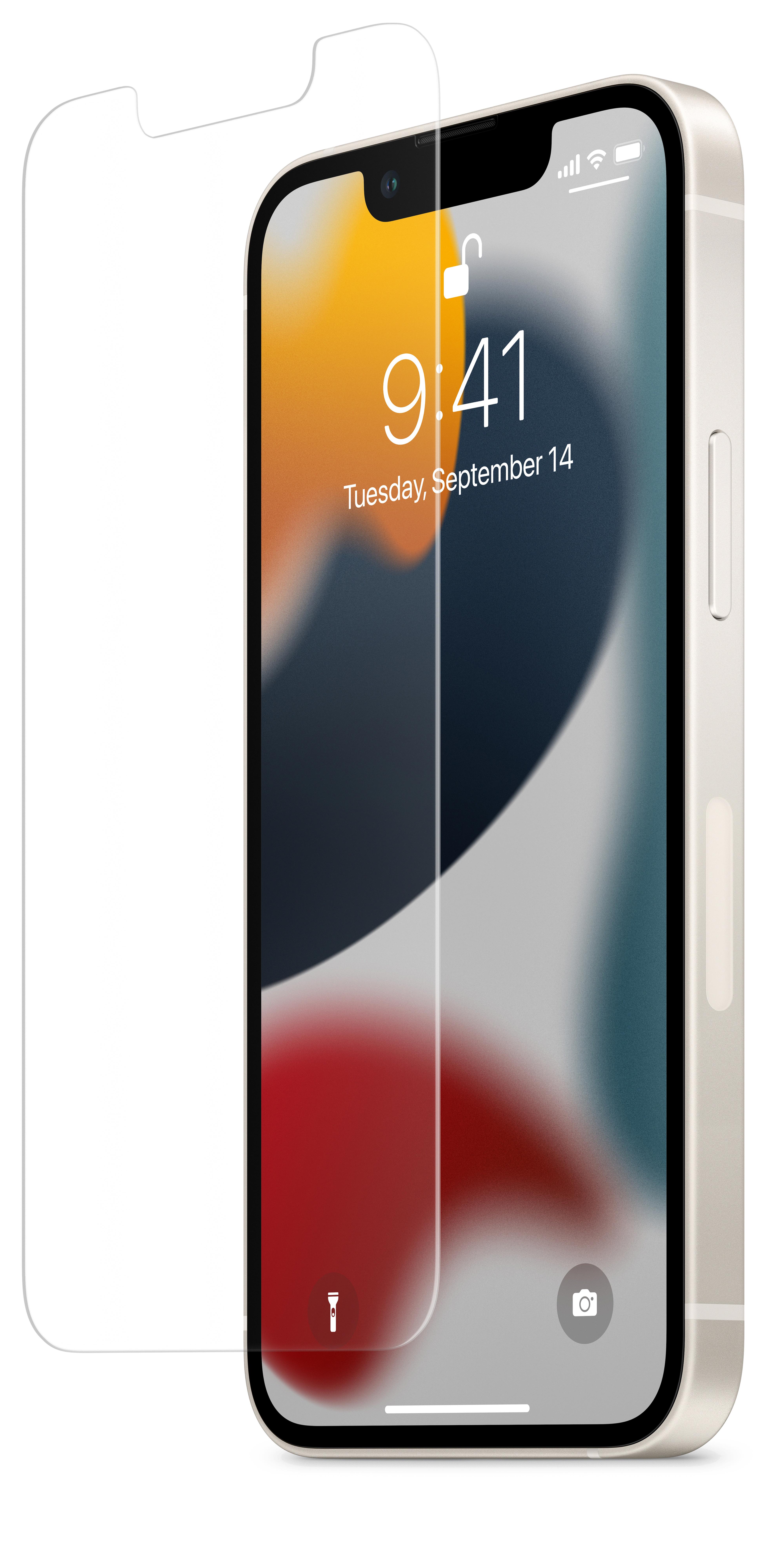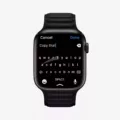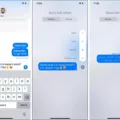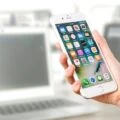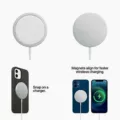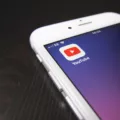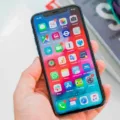Bluetooth technology has become an integral part of our everyday lives, allowing us to connect various devices wirelessly and effortlessly. However, like any technology, Bluetooth can sometimes encounter issues that prevent it from turning on. In this article, we will delve into the reasons why your Bluetooth may not be turning on and provide solutions to fix this problem.
Before we jump into troubleshooting, let’s briefly understand what Bluetooth is and how it works. Bluetooth is a wireless technology that enables communication between devices within a short range. It uses radio waves to transmit data, such as audio, images, and files, between devices like smartphones, tablets, headphones, speakers, and more.
Now, let’s explore the possible reasons why your Bluetooth may not be turning on and how to fix these issues:
1. Check Bluetooth Basics: The first step is to ensure that you have turned off Bluetooth and then turned it back on. Sometimes, a simple restart can resolve minor glitches and get Bluetooth working again. To do this, go to your device’s settings, locate the Bluetooth option, and toggle it off and on.
2. Confirm Pairing and Connection: Make sure that the device you want to connect to is paired and connected correctly. To check this, go to your device’s Bluetooth settings and ensure that the desired device is listed as paired and connected. If not, try removing the device from the list and pairing it again.
3. Battery or Power Issues: If your Bluetooth accessory uses batteries, check if they need to be replaced. Ensure that your Bluetooth accessory is turned on and fully charged or connected to power. Sometimes, a low battery can prevent Bluetooth from turning on or cause connectivity issues.
4. Clear Device Memory: In some cases, your device’s memory may be overloaded with paired Bluetooth devices, causing conflicts. To clear the device memory, go to your device’s Bluetooth settings, locate the list of paired devices, and remove any unnecessary or unused devices. Afterward, try turning Bluetooth on again.
5. Software Updates: Ensure that your device’s operating system and Bluetooth firmware are up to date. Manufacturers often release software updates that address bugs and improve Bluetooth performance. Check for updates in your device’s settings and install any available updates.
6. Interference and Range: Bluetooth operates within a limited range, typically up to 30 feet or 10 meters. Make sure that the device you are trying to connect to is within this range. Additionally, avoid placing obstacles like walls or large objects between the devices, as they can interfere with the Bluetooth signal.
7. Restart and Reset: If none of the above solutions work, try restarting your device. A simple restart can sometimes resolve underlying software issues. If the problem persists, you may need to perform a factory reset on your device. However, note that a factory reset will erase all data, so be sure to back up your important files before proceeding.
By following these troubleshooting steps, you should be able to resolve most Bluetooth issues preventing it from turning on. However, if the problem persists, it may be worth contacting the manufacturer’s support or seeking professional assistance.
Bluetooth connectivity issues can be frustrating, but with the right troubleshooting steps, you can get your Bluetooth up and running again. Remember to check the basics, ensure proper pairing and connection, address power-related issues, clear device memory, update software, consider interference and range limitations, and perform restarts or resets if necessary. With a bit of patience and persistence, you can enjoy the convenience of wireless connectivity once again.
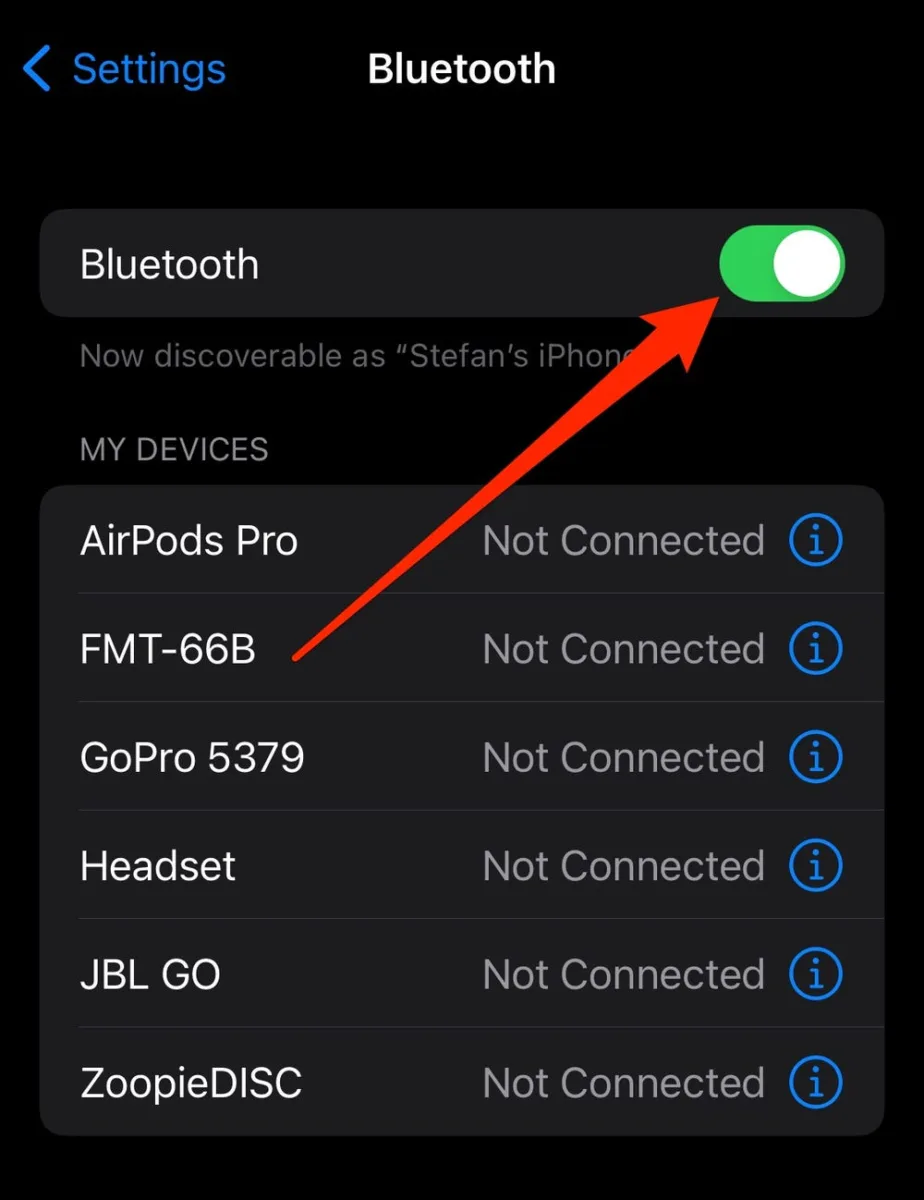
What to Do If Bluetooth is Not Turning On?
If Bluetooth is not turning on, there are several steps you can take to troubleshoot the issue:
1. Check battery level: Ensure that your device has sufficient battery power to enable Bluetooth. Low battery levels can sometimes prevent Bluetooth from turning on.
2. Restart your device: Sometimes, a simple restart can resolve Bluetooth issues. Turn off your device completely, wait for a few seconds, and then turn it back on.
3. Check Airplane mode: Make sure that Airplane mode is turned off. When Airplane mode is enabled, it disables all wireless connections, including Bluetooth.
4. Clear Bluetooth cache: Clearing the Bluetooth cache can help resolve any conflicts or glitches. To do this, go to the Settings menu on your Android device, select Apps or Applications, find Bluetooth, and then tap on Clear cache.
5. Reset network settings: Resetting your network settings can also help fix Bluetooth problems. Go to the Settings menu, select System or General Management, choose Reset, and then tap on Reset network settings. Keep in mind that this will also remove Wi-Fi networks and passwords, so be prepared to reconnect to Wi-Fi networks afterward.
6. Update software: Ensure that your device’s software is up to date. Manufacturers often release software updates that include bug fixes and improvements, which can help resolve Bluetooth issues. Go to the Settings menu, select System or General Management, and look for a Software Update option.
7. Safe mode: Booting your device in safe mode can help determine if a third-party app is causing the Bluetooth problem. While in safe mode, only pre-installed apps will be active. To enter safe mode, press and hold the power button, then tap and hold the Power off option until you see the safe mode prompt.
8. Factory reset: If all else fails, you can try performing a factory reset on your device. This will erase all data and settings, so make sure to back up your important files before proceeding. Go to the Settings menu, select System or General Management, choose Reset, and then tap on Factory data reset.
Remember to refer to your device’s user manual or contact the manufacturer’s support for specific instructions tailored to your device model.
Why Your Bluetooth Won’t Turn On On iPhone?
There can be several reasons why your Bluetooth won’t turn on on your iPhone. Here are some possible causes and solutions:
1. Software Glitch: Sometimes, a software glitch can prevent Bluetooth from turning on. To resolve this, try restarting your iPhone by holding down the power button and sliding the power off slider. After a few seconds, turn it back on and check if Bluetooth is working.
2. Airplane Mode: Check if your iPhone is in Airplane Mode. When Airplane Mode is enabled, it disables all wireless connections, including Bluetooth. You can turn off Airplane Mode by swiping up from the bottom of the screen to access the Control Center and tapping on the Airplane Mode icon.
3. Bluetooth Toggle: Make sure that the Bluetooth toggle in the Control Center or in the Settings app is turned on. Swipe up from the bottom of the screen to access the Control Center and tap on the Bluetooth icon to enable it. Alternatively, you can go to Settings > Bluetooth and toggle the switch to the on position.
4. Battery Level: Ensure that your iPhone has sufficient battery power. If your iPhone is running on low battery, it may disable Bluetooth to conserve power. Connect your iPhone to a charger or make sure it has enough charge to turn on Bluetooth.
5. Bluetooth Accessory: Check if your Bluetooth accessory is properly paired with your iPhone. Go to Settings > Bluetooth and tap on the accessory name to connect it. If it doesn’t appear in the list, make sure the accessory is in pairing mode and follow the manufacturer’s instructions for pairing.
6. Restart Bluetooth Accessory: If your Bluetooth accessory has a power button, turn it off and then back on again. This can help reset the connection and allow your iPhone to recognize the accessory.
7. Update iOS: Ensure that your iPhone is running the latest version of iOS. Software updates often include bug fixes and improvements that can resolve issues with Bluetooth connectivity. Go to Settings > General > Software Update to check for any available updates.
8. Reset Network Settings: If none of the above solutions work, you can try resetting your network settings. Go to Settings > General > Reset > Reset Network Settings. This will remove all saved Wi-Fi passwords and Bluetooth connections, so you’ll need to reconnect to them afterward.
If you have tried all these steps and your Bluetooth still won’t turn on, there may be a hardware issue with your iPhone. In that case, it’s recommended to contact Apple Support or visit an authorized service center for further assistance.
How Do You Force Bluetooth to Turn On?
To force Bluetooth to turn on, you can follow these steps:
1. Start by accessing the “Settings” menu on your device. You can do this by selecting the “Start” button, typically located at the bottom left corner of your screen.
2. Once the Start menu is open, click on the “Settings” option to proceed.
3. Within the Settings menu, locate and click on the “Bluetooth & devices” option. This will open the Bluetooth settings for your device.
4. In the Bluetooth settings, you will find a toggle switch to turn Bluetooth on or off. Simply click on the switch to turn Bluetooth on if it is currently off.
5. Once Bluetooth is enabled, your device will start scanning for available Bluetooth devices in the vicinity. You can then connect to the desired device by selecting it from the list of available options.
In summary, to force Bluetooth to turn on, access the Settings menu, navigate to Bluetooth & devices, and toggle the switch to enable Bluetooth.
Conclusion
Bluetooth is a wireless technology that allows devices to connect and communicate with each other. It is commonly used for various purposes such as connecting smartphones to headphones, speakers, or car audio systems, as well as for transferring files between devices.
When encountering Bluetooth problems on Android, it is important to start by checking the basics. This involves turning Bluetooth off and then on again, ensuring that devices are paired and connected, and checking for any possible physical issues such as low battery or range limitations.
If you are unable to pair your Android device with a car, it is recommended to clear devices from your phone’s memory and try again. Additionally, ensuring that your Bluetooth accessory and Android device are close to each other, fully charged, and properly powered can help troubleshoot the issue.
Remember, Bluetooth connectivity issues can be frustrating, but by following these steps and troubleshooting by problem type, you can effectively resolve most Bluetooth problems on Android.


